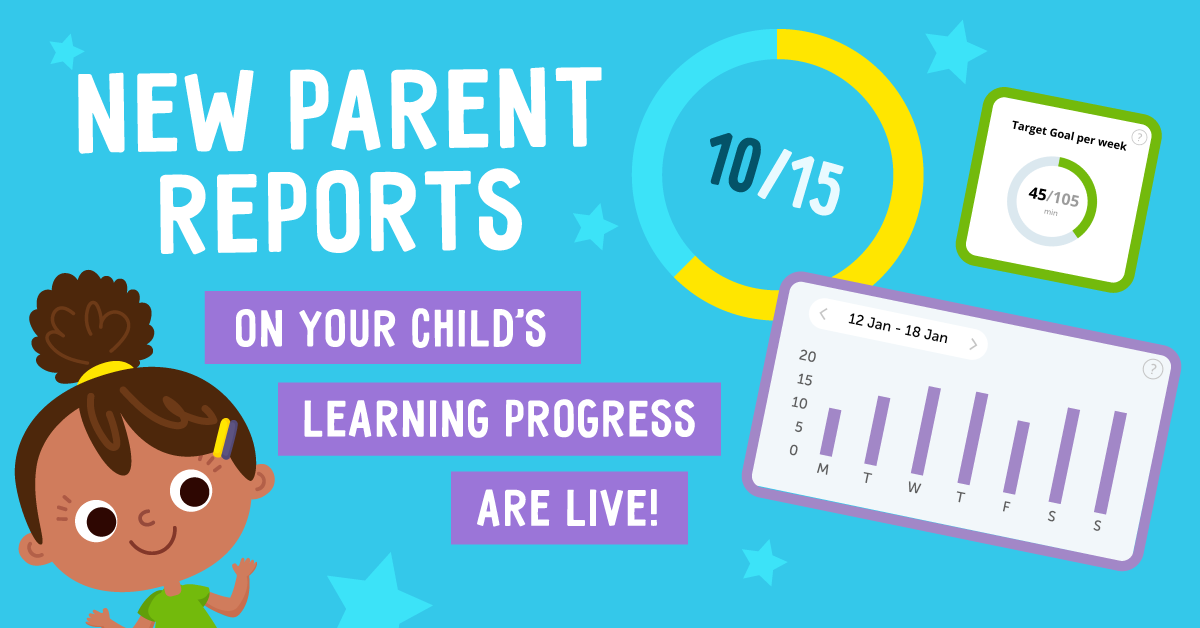Pattern identification Worksheets for Ages 3-6
7 filtered results
-
From - To
Introduce your little learners to the world of pattern recognition with our engaging Pattern Identification Worksheets designed specifically for ages 3-6! These fun and interactive worksheets help young children develop essential cognitive skills as they recognize and complete patterns with colorful images and relatable scenarios. Ideal for home or classroom use, our resources promote critical thinking and boost confidence in young minds. Each worksheet features a variety of patterns, ensuring that learning remains enjoyable and effective. Perfect for enhancing problem-solving skills, these worksheets make an excellent addon to your child's educational journey. Download and start exploring today!
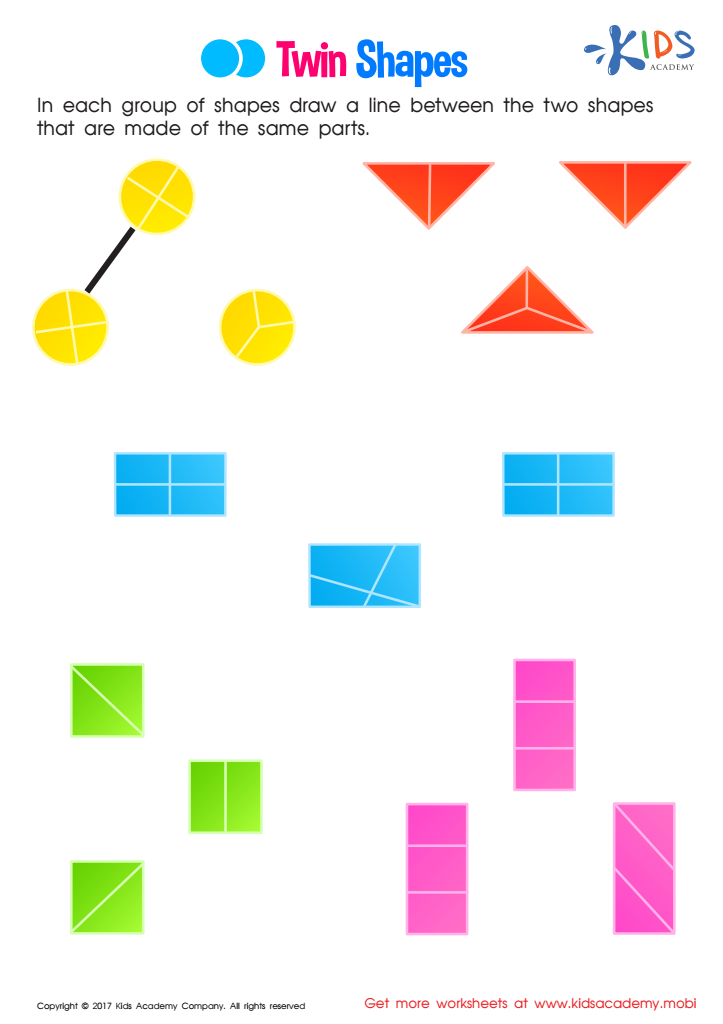

Twin Shapes Worksheet
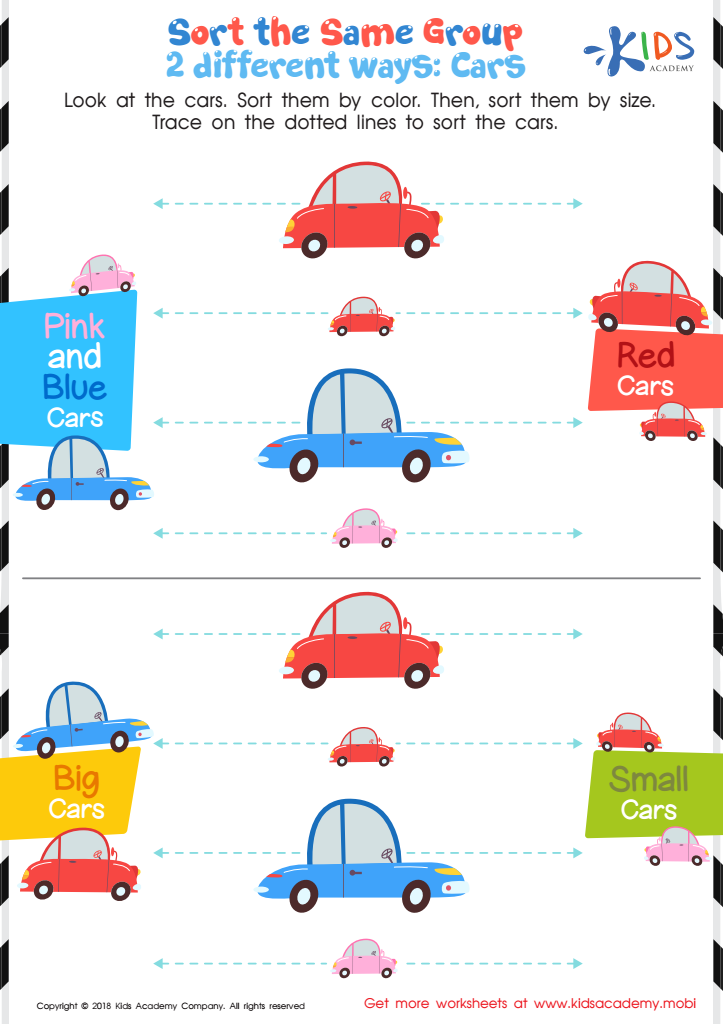

Sort the Same Group 2 Different Ways: Cars Worksheet
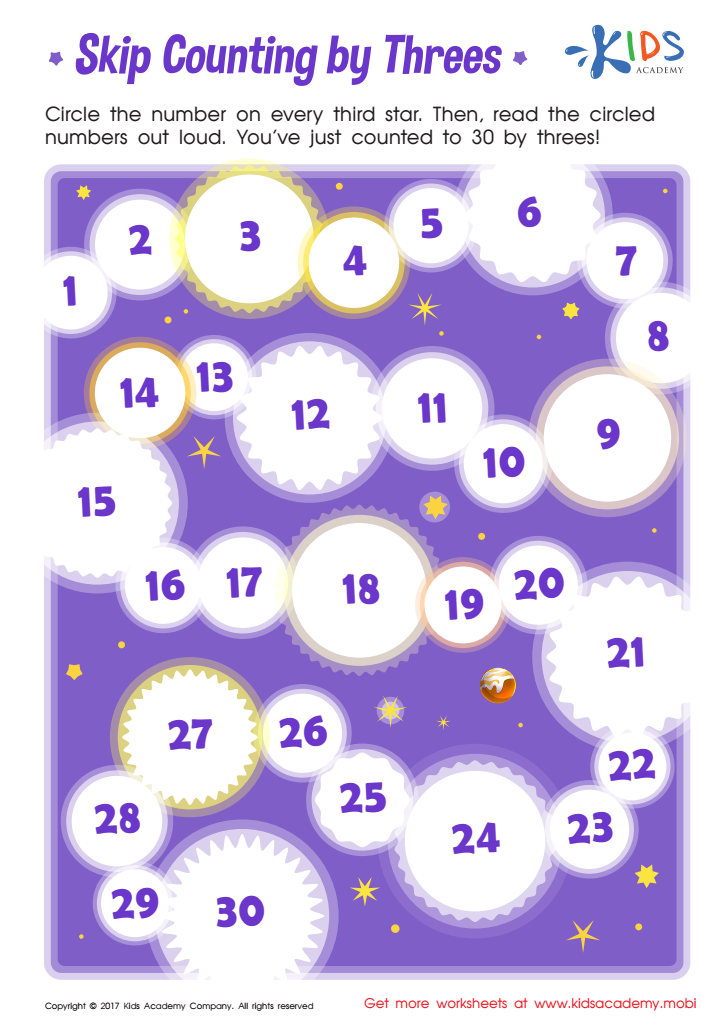

Skip Counting By Three Printable
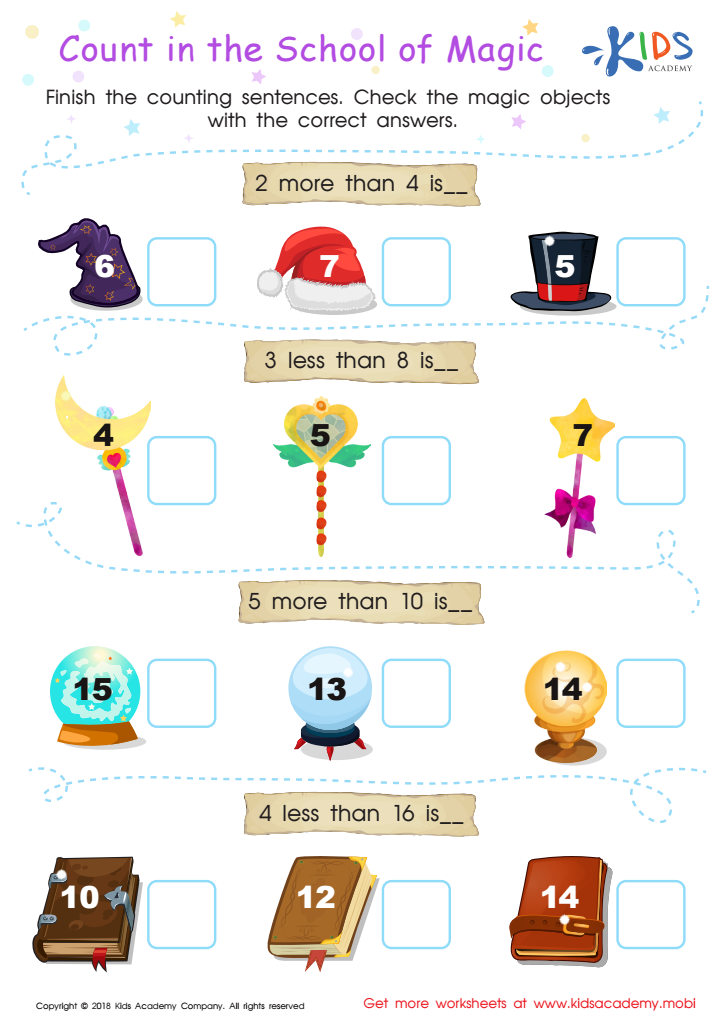

Count in the School of Magic Worksheet
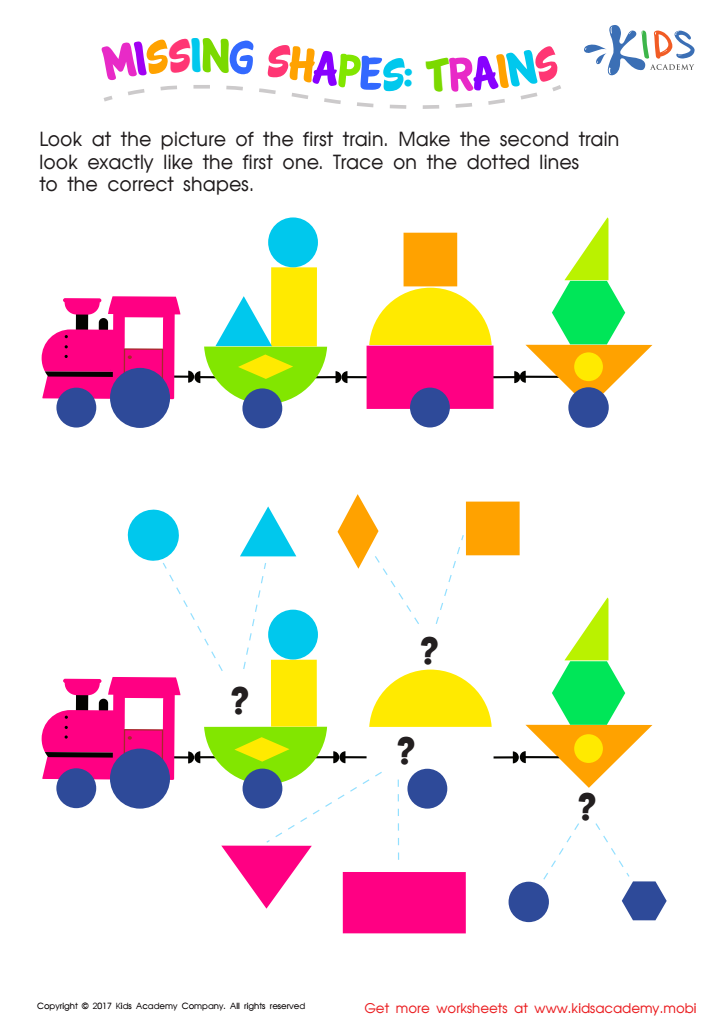

Missing Shapes: Trains Worksheet


Math Matching Pairs Game: Monsterв's Socks Worksheet
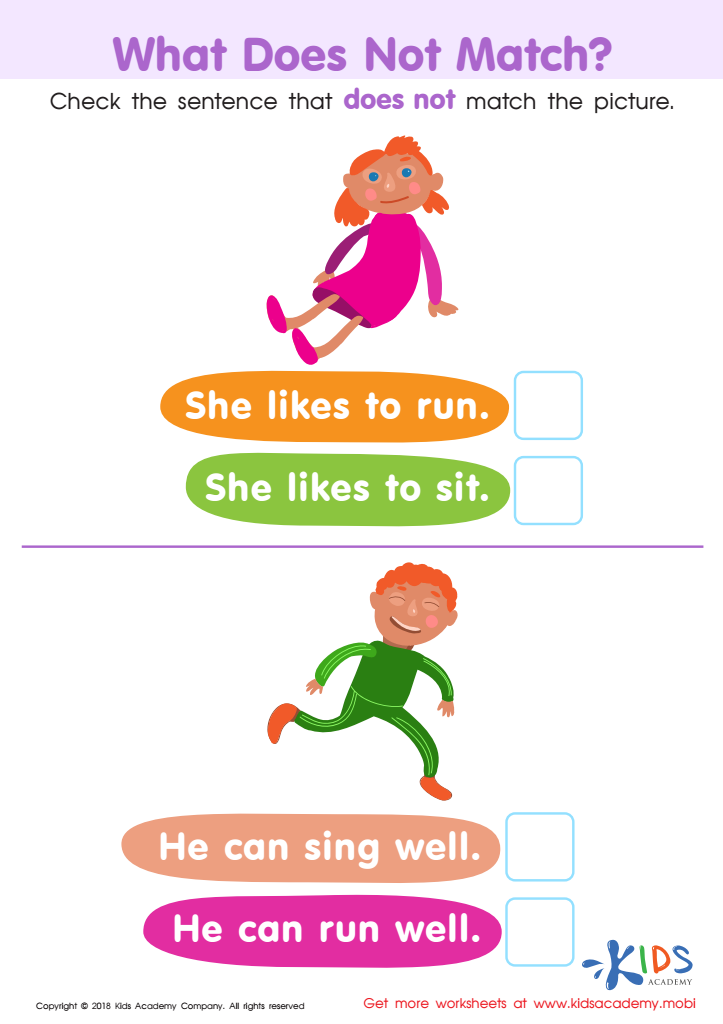

What Does Not Match? Worksheet
Pattern identification is a crucial skill for children aged 3-6, and it holds significant importance for parents and teachers alike. At this stage, children are developing foundational cognitive abilities, and recognizing patterns helps enhance critical thinking and problem-solving skills. Patterns are present in everyday life—from shapes and colors to daily routines—making them an immediate context for learning. By identifying patterns, children learn to make predictions and draw connections, which fosters their ability to think logically.
Furthermore, recognizing patterns is integral to early mathematics and literacy. For instance, children who understand patterns are better equipped for basic arithmetic, as they can easily grasp concepts of sequencing and grouping. In literacy, pattern recognition aids in phonics and word recognition, helping advance reading skills.
Beyond academics, pattern identification also nurtures creativity and observational skills. It encourages children to explore their surroundings, notice similarities and differences, and develop a sense of curiosity. For parents and teachers, promoting pattern recognition through engaging activities—like singing songs, engaging in art, or playing games—can cultivate a rich learning environment. Ultimately, helping young children recognize patterns lays essential groundwork for lifelong learning and cognitive development.
 Assign to My Students
Assign to My Students









